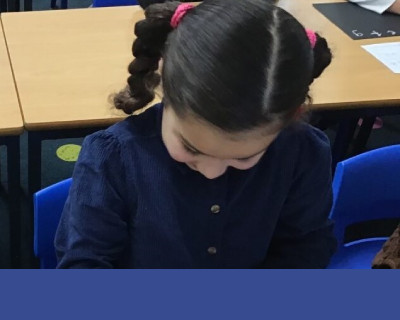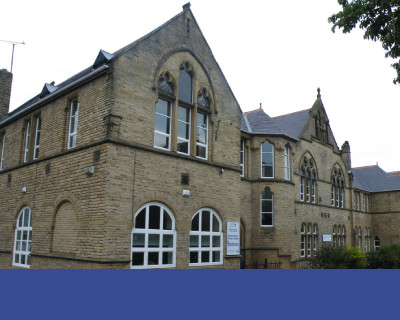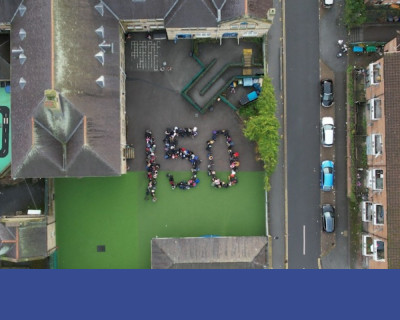Computing
Vision
At Netherthorpe Primary School, we recognise the importance of computing in everyday life. Computing has deep links with mathematics, science, and design and technology, and provides insights into both natural and artificial systems. It is essential that children develop computing skills over time and gradually build up their skills and knowledge and leave as confident, able and responsible Digital Citizens. We recognise that technology plays a huge part in modern life and will only become more integral as our children grow. We appreciate that our children’s access to technology outside of school varies widely and we therefore aim to equip every child to confidently use all forms of technology as well as developing a solid understanding of how computers work. Furthermore, we aim to develop children’s perception of technology as a tool for learning, innovation and discovery. Our curriculum aims to embed technology throughout all subjects and allow every pupil hands-on experience of a variety of hardware and software. Children have the opportunity to use technology to enhance their learning in all subjects as well as learn Computer Science discreetly.
Curriculum Aims:
- Provide opportunities for all children to understand and apply the fundamental principles and concepts of computer science, including abstraction, logic, algorithms and data representation
- All pupils are equipped with the basic ICT skills to be able to access a computer or tablet effectively and search for information on the World Wide Web. This will enable pupils to use computers independently.
- Enable children to analyse problems in computational terms, and have repeated practical experience of writing computer programs in order to solve such problems
- Ensure that children can evaluate and apply information technology, including new or unfamiliar technologies, analytically to solve problems
- Children will be responsible, competent, confident and creative users of information and communication technology.
Intent:
Our computing curriculum is ambitious and designed to give all our learners the knowledge and cultural capital they need to succeed in life. By using the Sheffield Computing scheme, we have ensured that teaching and learning is coherently planned and sequenced towards cumulatively sufficient knowledge and skills for future learning. The children build knowledge in different aspects of digital literacy, online safety, ICT and computational thinking.
In EYFS we start with a computing toolkit where children start to recognise that we control technology and use multimedia and data to communicate.
In KS1 and KS2, children build knowledge and skills progressively as they move through different strands of the curriculum which is organised into 5 strands: communicating text and images, communicating multimedia, understanding and sharing date, programming and computational thinking and online safety. Key skills also run throughout the curriculum to ensure that all pupils are equipped with the basic ICT skills to be able to access a computer or tablet effectively and search for information on the World Wide Web. This will enable pupils to use computers independently in order to enhance learning in the wider primary curriculum.
The communicating text and images strand focuses on creating digital artefacts by combining text and images, with the aim of communicating information effectively. Although the key features of software packages are explored, the aim is not to teach a particular application. Pupils should learn that different types of software exist for different purposes, how to select the appropriate one and use it effectively. They should also be confident combining content created in different applications.
The multimedia strand focuses on creating digital artefacts by combining different media (audio, text, images and video), with the aim of communicating information or expressing oneself creatively. Although the key features of software packages are explored, the aim is not to teach a particular application. Pupils should learn that different types of software exist for different purposes, and how to select the appropriate one.
The understanding and sharing data strand looks at how we make sense of data and present it in order to convey information. This can be simple numerical data displayed in a pictogram, or a combination of data in a database. The units 3.3, 3.4 and 3.5 also have a greater emphasis on personal data, the role of the Internet in sharing data, and the impact on both individuals and society of sharing data. There are many positive examples of why and how we share data, but pupils also need to learn about the dangers of sharing their personal data and how to identify reliable sources of information.
The computational thinking and programming strands provide ways of teaching the key computational thinking and computer science concepts and approaches through a
combination of unplugged activities (away from the computer) and a selection of programming software and hardware.
Where possible the computing links to other areas of the curriculum so the children build knowledge and apply skills in context with real purpose. Computing skills are taught across all units and allow children to develop basic ICT skills to be able to access a computer or tablet effectively and search for information on the World Wide Web.
By the end of Key Stage one and two, our children are expected to know, apply and understand the matters, skills and processes specified in the relevant programmes of study.



